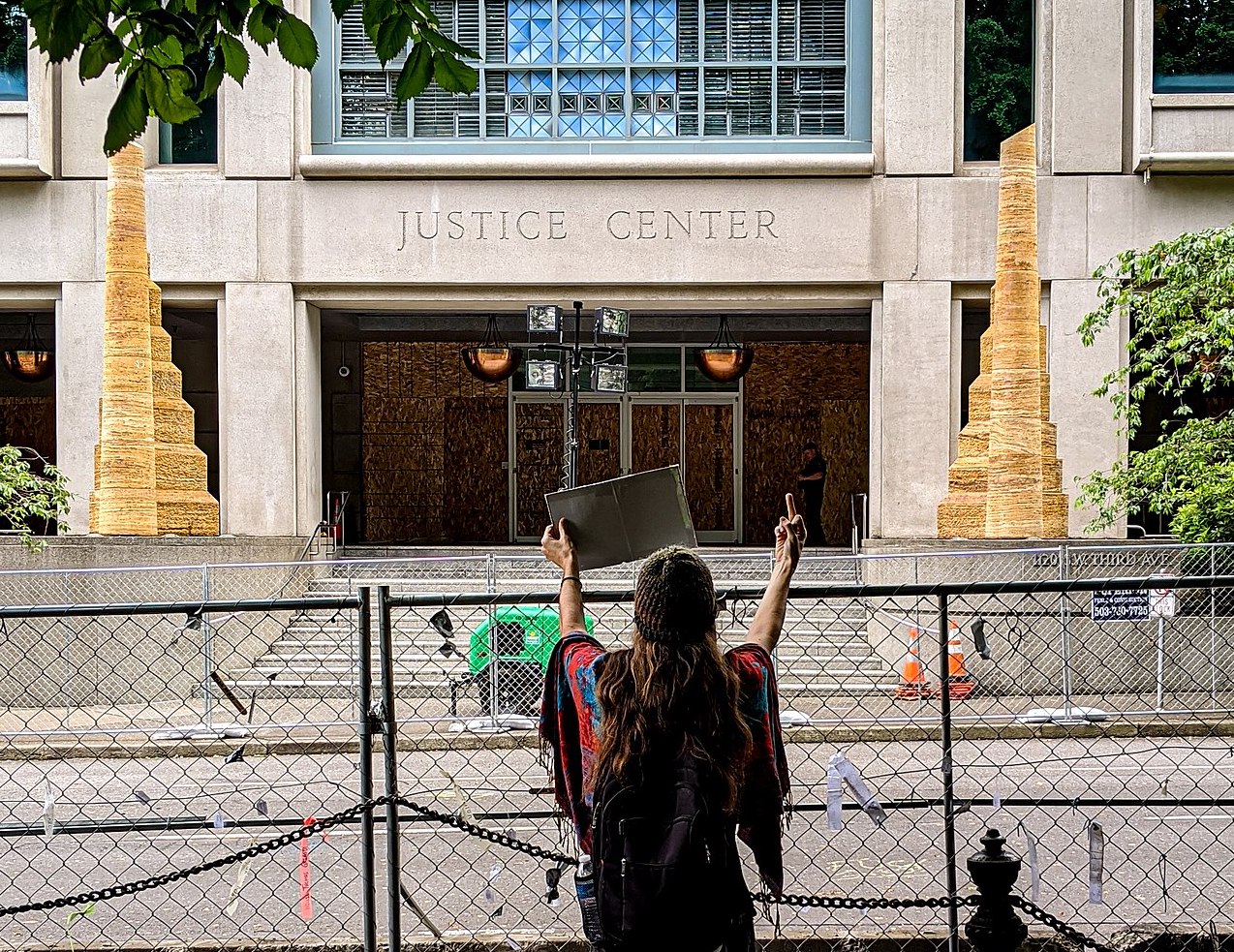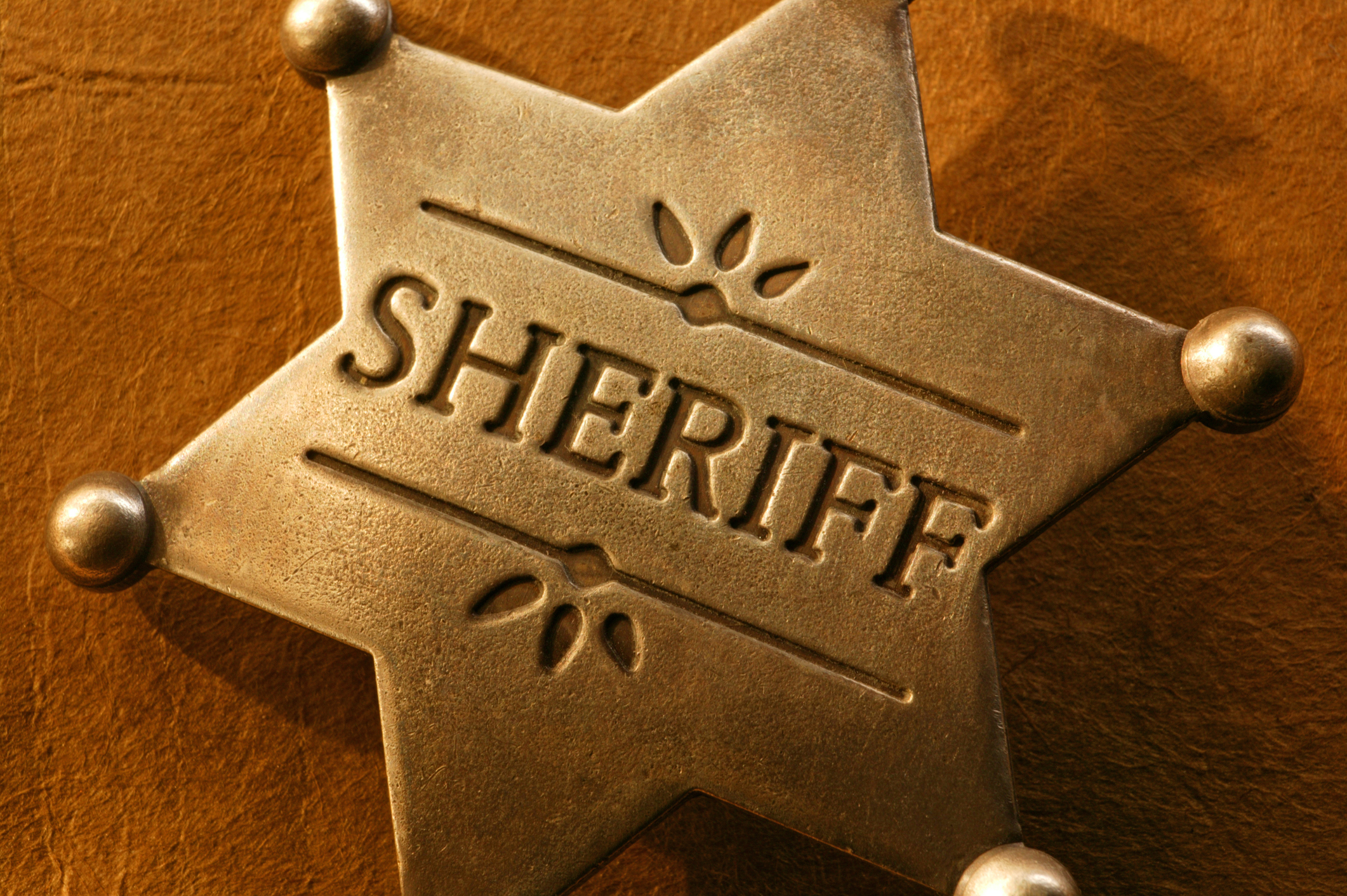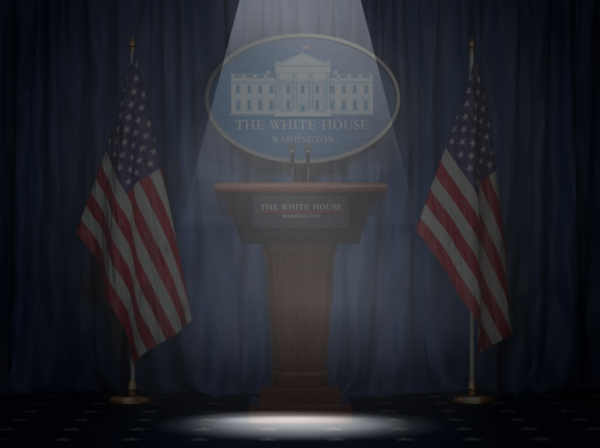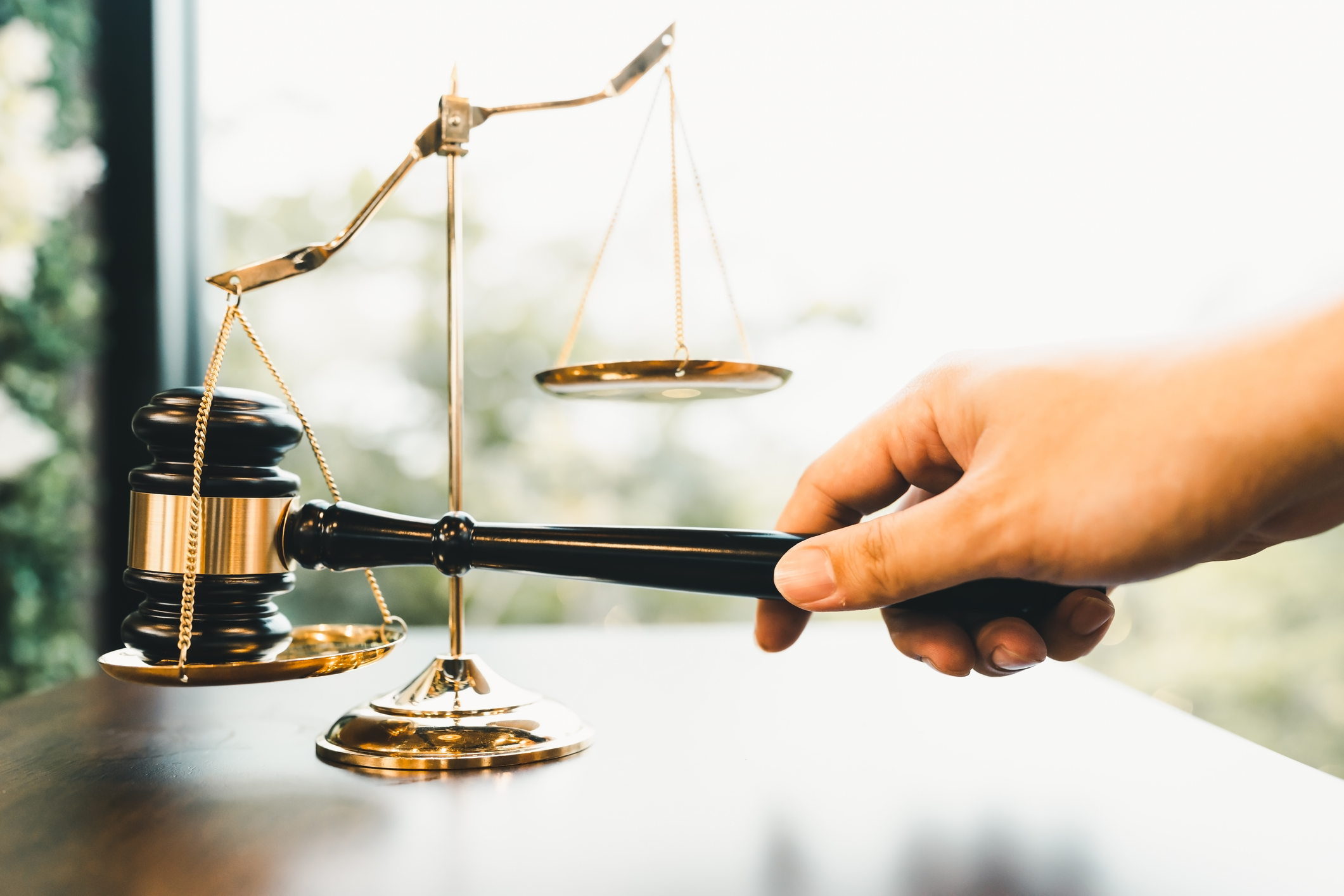Why can’t Democrat leaders see what we all see?
Minnesota Mayhem

A new documentary examines the psychic frustration that exploded in May 2020.
The collective psychosis that descended on our country after George Floyd died (“was murdered”) resisting arrest in May 2020 was so much outside of our personal and historical experience, we will be spending the rest of our lives trying to make sense of it. The crowdfunded documentary The Fall of Minneapolis, recently released on the Internet, offers a vital counternarrative on this bizarre episode.
The documentary, produced by award-winning investigative journalist Liz Collin, features newly available body camera footage from the unit that attempted to apprehend Floyd and interviews with former cops. The film covers the undoing of the midwestern city, starting with the disastrous arrest of George Floyd, continuing with the riots and demoralization of cops, the politics guiding crowd control during the unrest, and the trial of the police officers—say their names—Derek Chauvin, Alexander Keung, Thomas Lane, and Tou Thao, ending predictably in conviction.
The film contains some well-known information, like Floyd’s extensive rap sheet or the fact that at the time of death the future darling of Black Lives Matter movement had more than three times the lethal amount of fentanyl in his blood. Floyd also suffered from heart disease. The documentary shows that several times during his interactions with police, including the moments when cops made no physical contact with him, Floyd complained that he could not breathe—a symptom of fentanyl poisoning.
The infamous picture of Chauvin with his knee on the suspect’s neck, which triggered civil unrest and widespread condemnation of Chauvin along with his entire profession, looks awful, no question about it. However, while at Chauvin’s trial the Minneapolis Police Department claimed that the “knee on the neck” maximal restraining technique was not something that they taught or used, Chauvin’s mother showed Collin her son’s training manual, which depicted the maneuver as an appropriate means of restraint.
If Black Lives Matter truly sought to fight systemic injustices—as opposed to random, low-ranking individuals executing established policies—they would have jumped on Chauvin’s claim that he was trained in maximal restraining techniques. His defense opened the opportunity to scrutinize problems with police training in use-of-force. But Minneapolis was run by friendlies, so BLM came down on a lowly cop.
Emergency response that could have saved Floyd’s life was fumbled. The EMT showed up late and, according to the evidence recorded on the body cam, didn’t connect Floyd’s oxygen tube in a timely manner. But it’s not this—or any other—fact that moved me the most about the film. It was the humanity of the people on camera.
In the lead up to the George Floyd riots, we were several months into COVID hysteria with shelter-in-place regimes going strong across Democratic-controlled areas. In-person interactions wound down, social connections were fraying, and citizens were becoming increasingly atomized. Communications were conducted on social media or—best case scenario—between masked individuals.
Once the news of Floyd’s death spread through social media, from one tiny bedroom to another, protests, and the riots that grew from them, became the sole sanctioned mass gatherings. They became the default—and very exciting—mode of personal interaction for hundreds of thousands of frustrated and cooped up young people.
Another reason why Floyd’s death resonated with the American public has nothing to do with any kind of novel virus, but with a film. In April 2020, weeks before the knee on the neck went viral, a six-part miniseries called Waco dropped on Netflix.
The mini-series itself was not new, but the attention it generated was. Bored, home-bound audiences watched with horror the dramatized account of the 1993 stand off between the FBI, Bureau of Alcohol, Tobacco, and Firearms, and Branch Davidians, a Texas-based religious sect. The two federal agencies were seen entrapping and murdering the eccentric cultists.
Opinion makers on the Right were already incensed about being under house arrest for dubious public health pretenses. Sympathy for all institutions of the state, including the law enforcement, was low. Now they were treated to the show of federal law enforcement apparatus viciously abusing power. Every conservative’s libertarian tendencies awakened. When the video of Floyd’s arrest went viral, willingness to speak up for the rights of an officer, caught in what appeared to be a sadistic act, were nonexistent.
Citizens should always be suspicious of those charged with keeping the peace. Because they wield great power against ordinary people and the potential for abuse is real, their actions should always be scrutinized. The worst criminals are still entitled to constitutional protections.
Yet the cops who walk the beat in our cities are not distant agents of a clandestine state; they are very much a part of the community in which they work. It’s worth pointing out that when the country closed down for COVID, many local sheriffs worked with anti-lockdown activists, refusing to enforce arbitrary health measures.
The Fall of Minneapolis shows the humanity of Midwestern cops, tasked with policing a major metropolitan center. They were asked to take abuse—to being in riots without having the proper gear, to swallowing their pride, and needlessly surrendering a precinct to a mob.
In a few short months, their job went from difficult to impossible. Collin interviews an officer who explained that the personal risks of attempting to arrest an obviously intoxicated black man were such that the rational thing to do was to let the offender go. Within a short time, hundreds of officers left the Minneapolis Police Department, and the city collapsed into chaos.
It happened because early in 2020 we stopped seeing each other as human beings—imperfect but worthy of empathy. Policing became not a job for highly trained professionals requiring endless oversight and cooperation between community and law enforcement, but a symbol of distant wrongdoing. There is no easy recipe for reviving cities like Minneapolis. Seeing fellow Americans as human beings is a prerequisite for it.
The American Mind presents a range of perspectives. Views are writers’ own and do not necessarily represent those of The Claremont Institute.
The American Mind is a publication of the Claremont Institute, a non-profit 501(c)(3) organization, dedicated to restoring the principles of the American Founding to their rightful, preeminent authority in our national life. Interested in supporting our work? Gifts to the Claremont Institute are tax-deductible.
Trump needs to leverage his close relationship with local law enforcement.
How did we get here—and how will it end?
Today’s miseducated fame-seekers can’t lead us, unless it’s off a cliff.
You cannot serve both ESG activists and shareholders.
Public order needs to be maintained in the face of the Left's targeted anarchy.






